|
Untitled document Raphaelo J. Fraberger
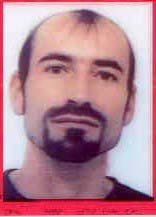 Zoologist Vienna, Austria The main field of my zoological research is the biology of non-Apis bees (superfamily Apoidea). Bees belong to the insect order "Hymenoptera", which also includes ants, wasps and others. With more than 14 000 species, Hymenoptera is the largest group of insects in central Europe. Today´s entomologists expect between 20 000 - 30 000 different species of bees to exist. From central Europe, more than 700 bee species have been described. Non-Apis bees includes all "wild" bees since the honeybee Apis mellifera (fam. Apidae) is in human culture (there are only 11 Apis species in the world). According to Michener`s "Bees of the world" (John Hopkins Univ. Press, 2000), the bees of central Europe can be classified into the 6 following families:
Family Colletidae Family Halictidae (sweat bees) Family Andrenidae (sand bees) Family Melittidae Family Megachilidae Family Apidae
Bees mostly live solitarely, i.e. each feamle builds a nest/nests of her own and provides the brood cells by herself. Larvae food obligatory is pollen that can be mixed with nectar. Only a few species (in central Europe only some melittid species) are specialised on collecting oil instead of pollen which they get from elaiophores - glands some plant species offer in their flowers. Food storage like the honey in honeybees only occurs in social species (in colonies) like in bumblebees (genus Bombus, Apidae). Also some of the European sweat bees (genera Halictus and Lasioglossum) have evolved sociality of different levels.
Non-Apis bees are relevant pollinators of crops like rape, alfalfa, tomatoes, fruits and others. Though poorly known, some of them are even more efficient than honeybees. Various species are specialised to certain plant species, nesting habitates or microclimatic conditions, no wonder that many bees are endangered today.
++++++++++++++++++++++++++++++
Systropha & Biastes
There are two, rather rare speceis of spiral-horned bees in central-Europe, Systropha planidens and Systropha curvicornis (fam. Halictidae). Mating behaviour, reproductive biology and chemical communication were aims of my studies on Systropha. The common name "spiral-horned bees" comes from the fact that the males of both species have "coiled" antennae: the five distal flagellomeres are reduced in size and usually folded up into a three-cornered spiral as the REM scans show below (left: idle position of the male antenna; right: detail; below: artificially expanded). 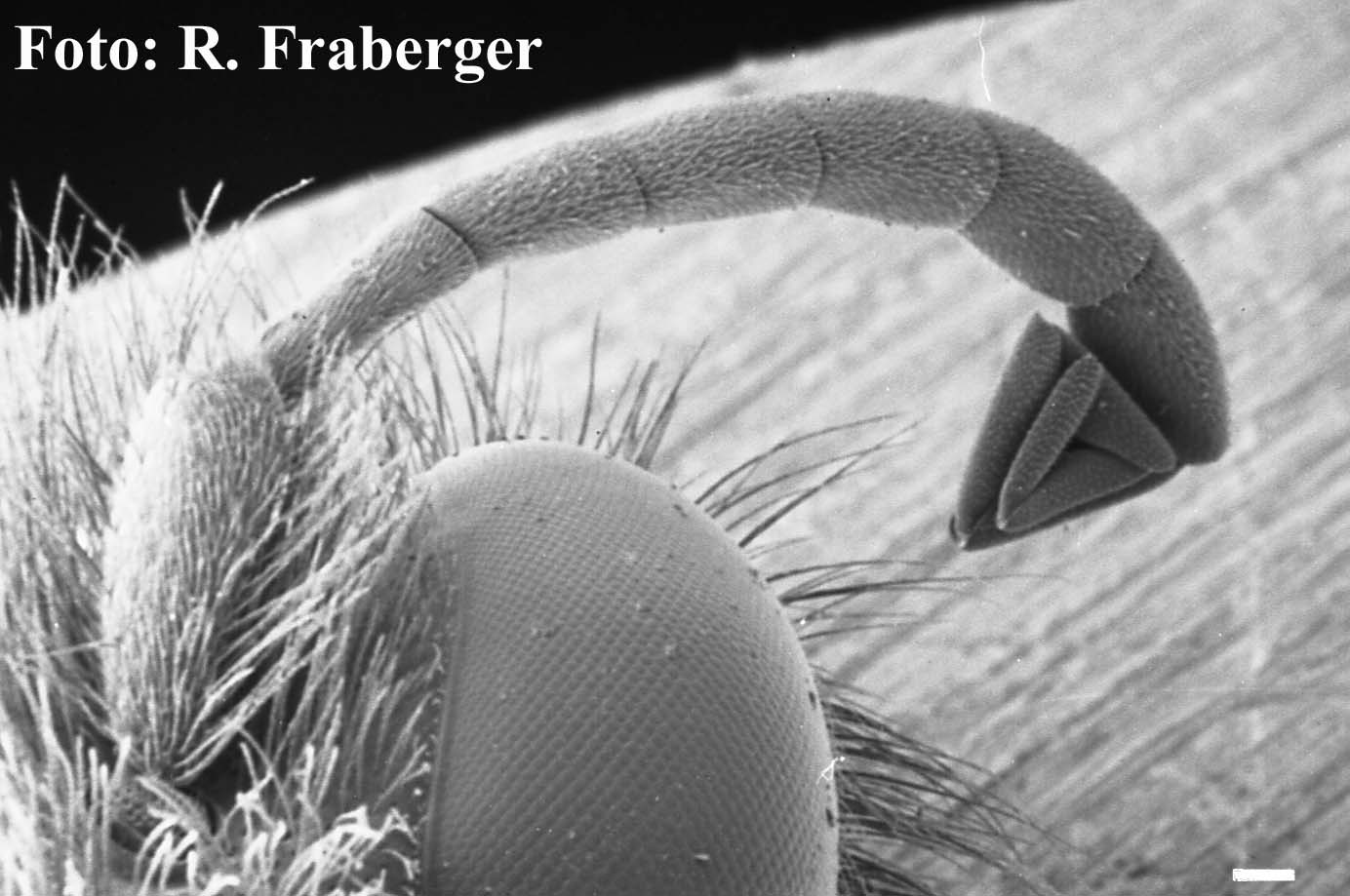 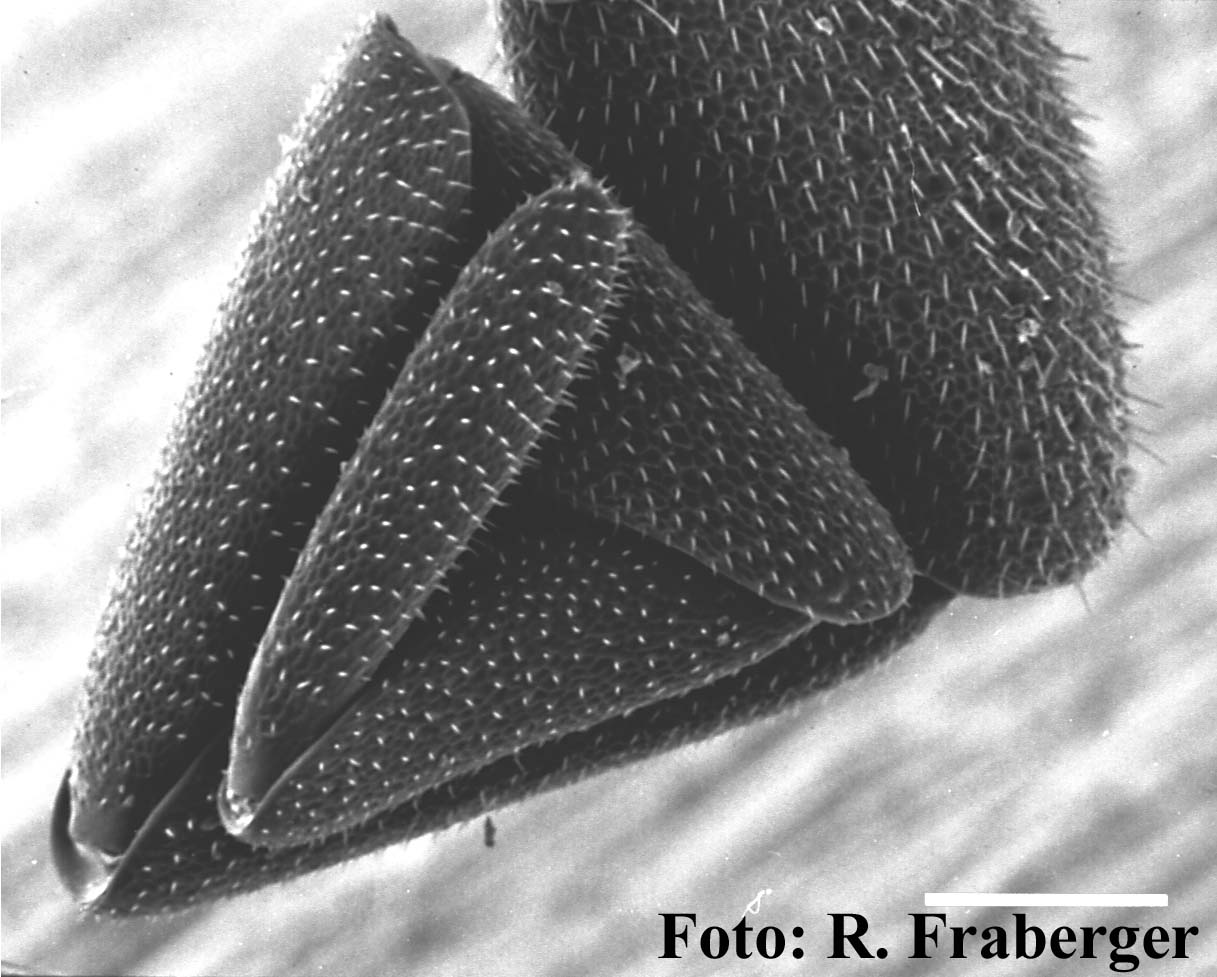
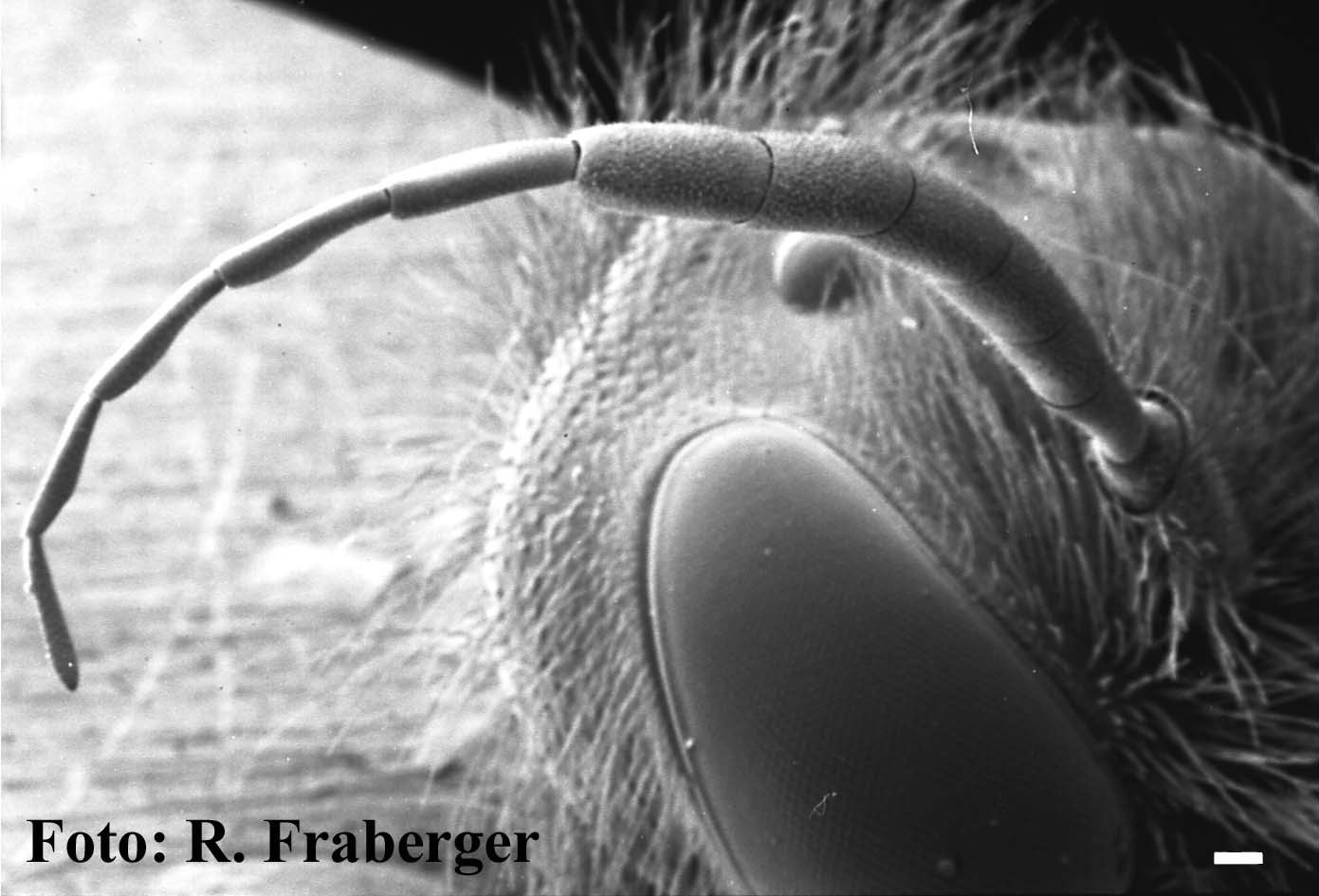 Spiral-horned bees are solitary and ground nesting. Females of both European species forage pollen exclusively on the lesser bindweed Convolvulus arvensis (Convolvulaceae), they are so-called oligolectous, i.e. pollen foraging is restricted to only a few host plant species. Another Convolvulus species (C. cantabrica) has been reported from the Mediterranean to serve as a pollen source. About 25 Systropha species have been described. They all come from the Old World and are expected to feed on Convolvulus resp. Convolvulaceae only. Very exceptional among bees is the manner how females carry the pollen to the nest: also the "back" of the female metasoma is used. The photo right below shows a pollen-loaded female in a bindweed flower. Males (photo left below) patrol Convolvulus flowers where they establish territories and wait for the females. Copulations then take place in the flowers. The males also regularely sleep in the flowers where they get completely enclosed in the afternoon and are hidden for the rest of the day and during night. 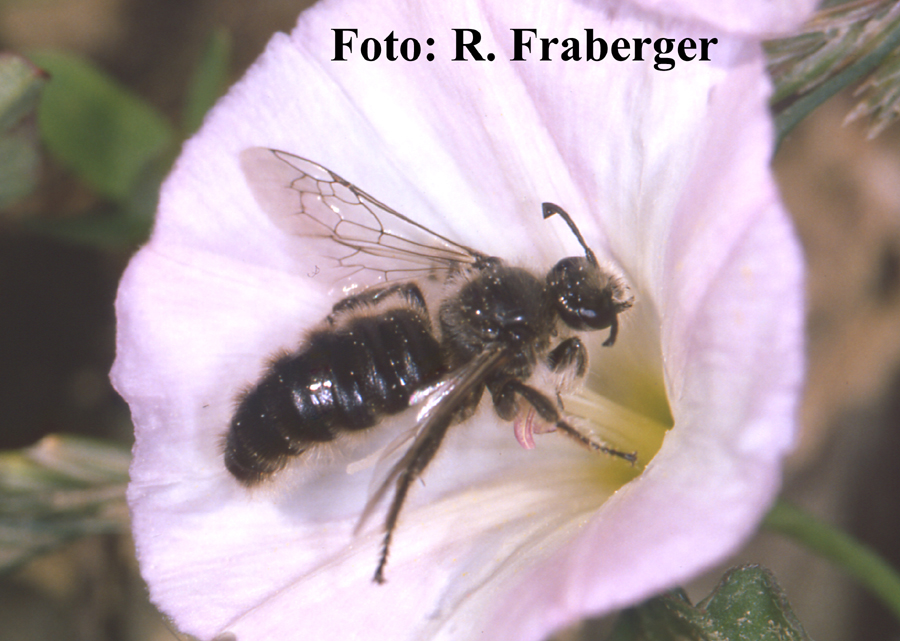 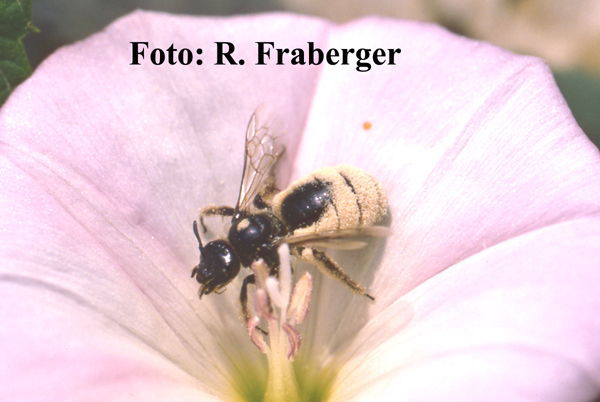
Both Systropha species are parasited by Biastes brevicornis (fam. Apidae), a cuckoo bee. Cuckoo bees are cleptoparasites which neither build nests by themselves nor forage pollen for the larvae. The cuckoo females rather intrude nests of a host species and lay their eggs in provided cells. The cuckoo larva then lives from the pollen instead of the host larva which does not survive. Like many other cuckoo bees, Biastes brevicornis is highly specialised on their host species (only Systropha bees) and has lost all hairs important for pollen transport. Males and females of cuckoo bees have no nests of their own and therefore typically sleep above the ground on plants, blades of grass etc. bitten with their mandibles only. The photo right below shows both sexes of Biastes brevicornis doing so with the black male on the right. The female has a red metasoma (photo left below). 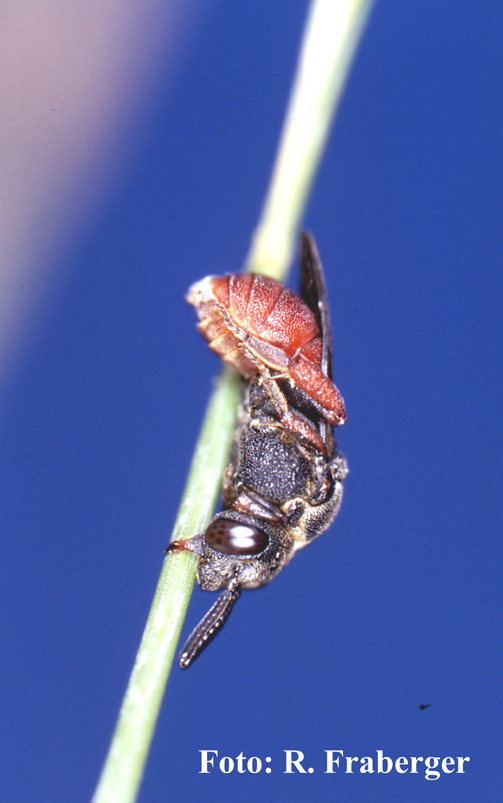 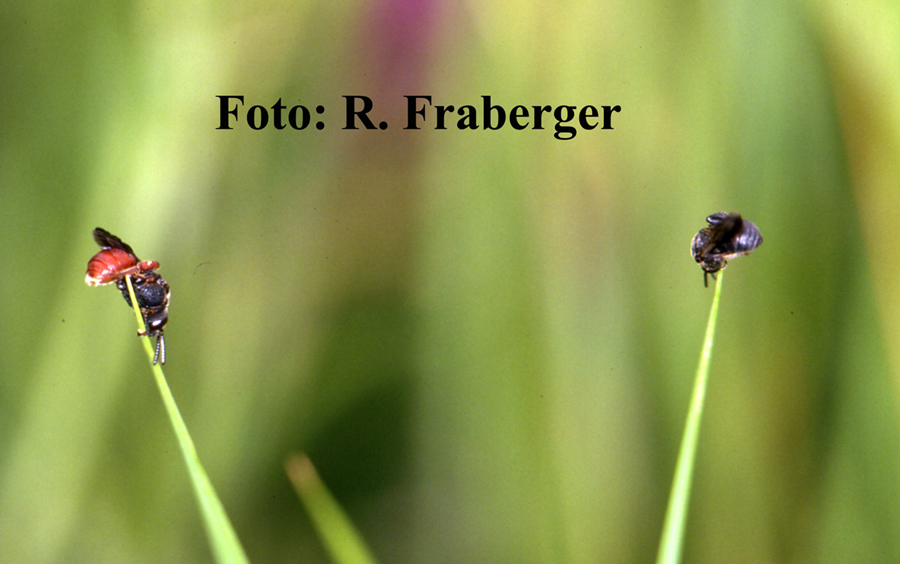
+++++++++++++++++++++++++++++
Andrena & Nomada Another solitary bee which I investigate is the sand bee Andrena danuvia (fam. Andrenidae). This vernal bee is very common in the city of Austria´s capital, Vienna, where it was originally described from. The drawing below shows nest aggregations in Vienna fromm 2003 (purple: district borders, N=nest holes, +=encounters of individuals where no nests were found). 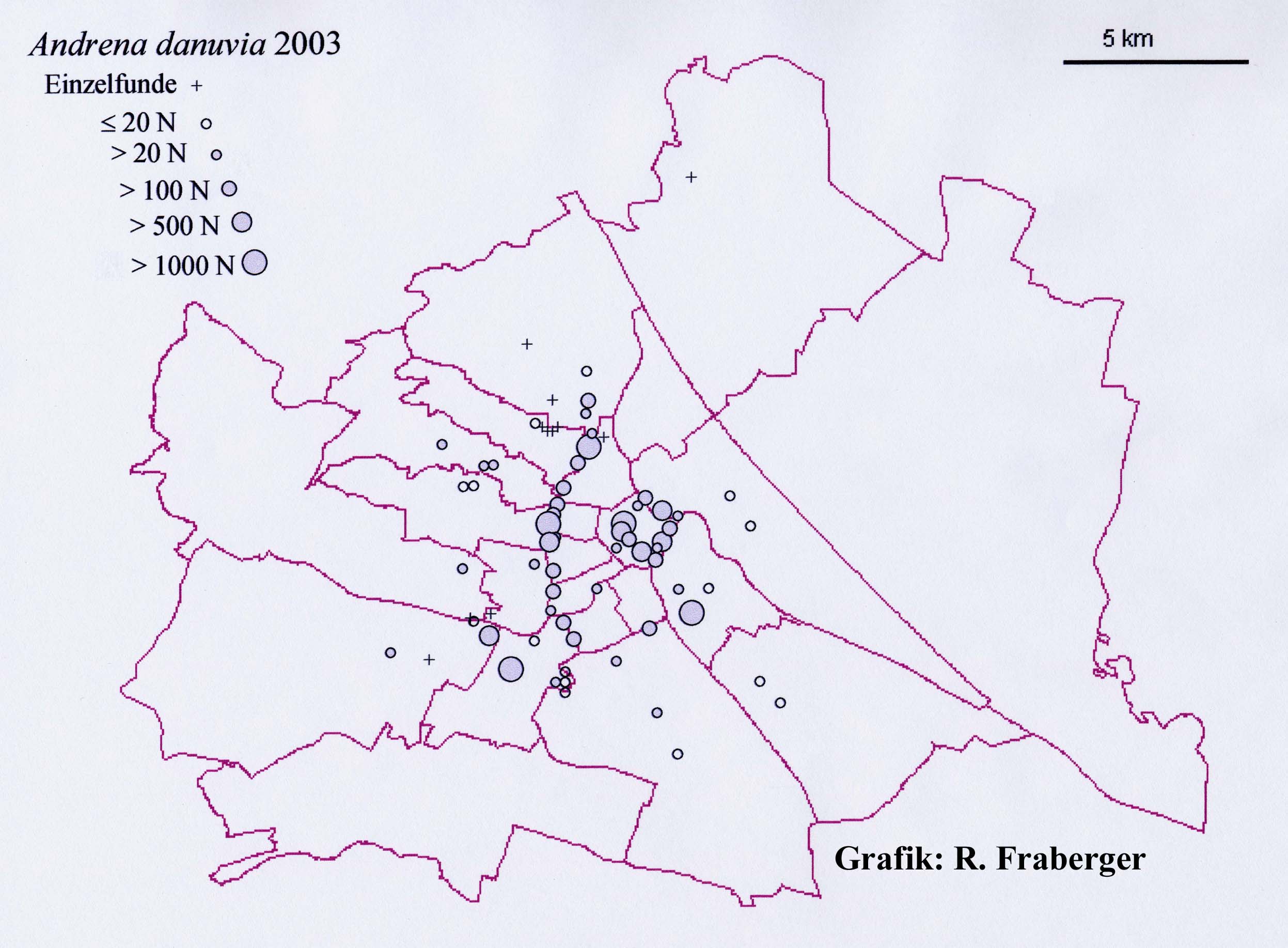 The taxon Andrena danuvia is not verified yet but unlike the closely related Andrena cineraria its metasoma is intensely blue (male on the photo left below). Regarding pollen sources it is a generalist but in town has become a facultatively oligolectous speceis on maples (genus Acer, Aceraceae) which are very common along the historic avenues of the city´s center. 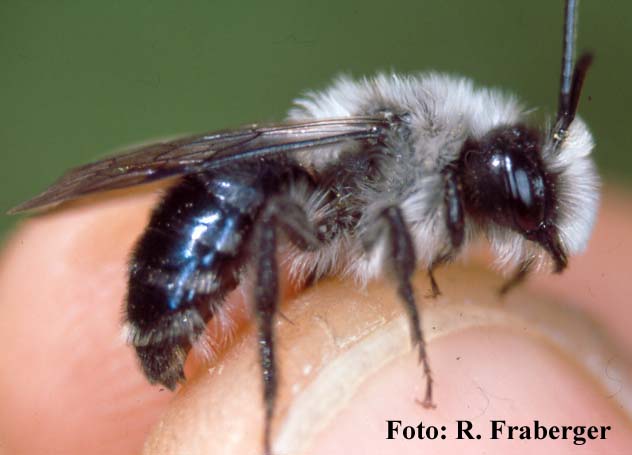 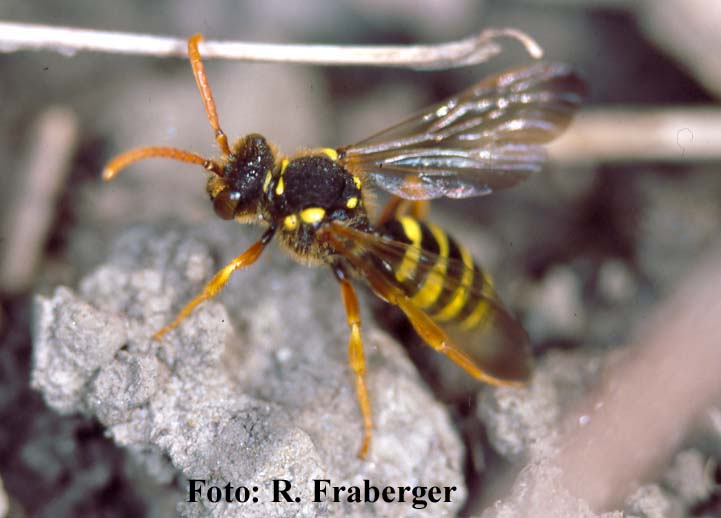 Andrena danuvia also has its cuckoos: Nomada bees (fam. Apidae). In German they are called "wasp bees" because of their habit. They in fact can hardly be distinguished from true wasps. The photo right above shows a female of Nomada goodeniana at an aggregation site of Andrena danuvia. Such aggregations sometimes contain more than 3500 nest entrances. Further investigations are planed to prove the species status of Andrena danuvia and the existence of (precopulatory) isolation mechanisms from the (sibling?) species Andrena cineraria through visual and chemical stimuli. Additionally, I am interested in chemical communication between host and parasite species, especially which chemicals are used in host nest recognition by Nomada cuckoos.
++++++  Publications: Publications:
Fraberger, R. & Ayasse, M. (1996): Male reproductive behaviour in two species of Systropha bees (Halictidae). Proc. XX. Int. Congr. Entomol., Firenze, p. 380 Fraberger, R. (1998): Paarungsverhalten, Brutbiologie und chemische Kommunikation der heimischen Spiralhornbienen-Arten Systropha planidens und S. curvicornis und ihres Brutparasiten Biastes brevicornis (Hymenoptera: Halictiade, Anthophoridae). Diplomarbeit, Univ. Wien, engl. Summary, pp. 1-119 Fraberger, R. & Ayasse, M. (2005): Mating behavior, male territoriality and chemical communication in European spiral-horned bees, Systropha planidens and S. curvicornis (Hymenoptera, Halictidae). J. Behav. Ecol. Sociobiol. (submitted) Fraberger, R. (2005): Bionomie der Sandbiene Andrena danuvia Stöckhert 1950 (Hymenoptera, Andrenidae) und aktuelle Vorkommen in Wien (Bionomics of the vernal bee Andrena danuvia and nest aggregations in the city of Vienna). Linzer biol. Beitr. 37 (2): 1481-1499 Fraberger, R. et al. (in prep.): Female odor bouquets in the European spiral-horned bees, Systropha planidens and S. curvicornis (Hymenoptera: Halictidae): chemical compounds, ontogenetic modulations and species-specific differences. Fraberger, R. et al. (in prep.): Antennal response in the cuckoo bee Biastes brevicornis (Hymenoptera: Apidae, Nomadinae): evidence for chemical signals of female hosts and pollen in host nest recognition.
©All photos belong to the author and are not allowed for private and any other use.
E-Mail: raphaelojoh@hotmail.com Adress: Dep. of Evolutionary Biology Althanstr. 14 A-1090 Vienna, Austria
|